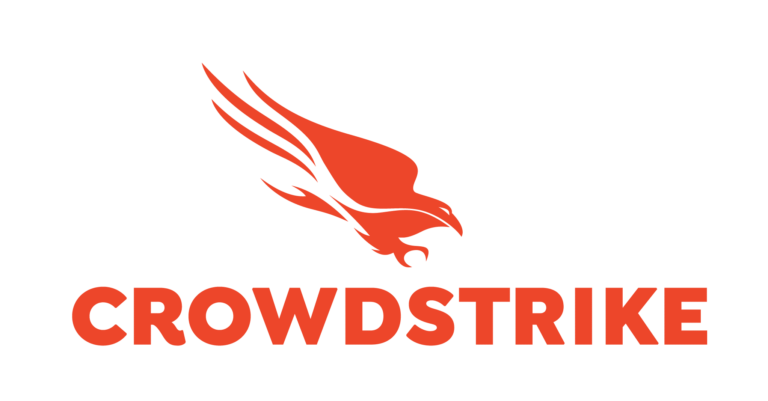Overview: Clinical Trial PESO
Challenges and Considerations
Audience Architecture
As a first step we deployed our proprietary Audience Architecture process to identify and map key target audiences, community, and healthcare influencers as well as active COVID-19 testing sites that could be targeted for Paid and Earned efforts.
Paid, Earned, Shared, And Owned (PESO) + Technology
Paid media strategy and tactics included a combination of digital, traditional media channels, and experiential engagements to geo-target specific audiences across the nation, near the trial testing locations. The paid media planning was designed to support the entire PESO effort by delivering efficient mix of channels to key audiences.
During the initial phase, traditional media channels offered a heavy-up to digital tactics. Using tactics like Out-of-Home (OOH), Radio, TV to build additional awareness with audiences and drive reach and frequency to enhance Earned efforts to educate the public during a time of confusion and misinformation. These efforts also helped to build the new website’s traffic and build retargeting pools for digital tactics to ramp up quickly. As the campaign progressed, digital channels, from social media to digital video and audio maintained efficient traffic to the site and leads. Specific key locations were given additional tactics, such as street teams and geo-fenced retargeting. These tactics aided in further education and lead generation among key communities or near sites with additional capacity for new recruits.
Paid channels also led the way to efficiently test new creative messaging and Calls-to-Action (CTAs) across PESO efforts.
Earned media coverage was targeted to educate and inform various key communities across the nation about the trial to gain support, decrease misinformation, and improve participation.
Shared strategies engaged the public on social channels with content from earned coverage, monitoring chatbots and responding to questions.
Owned capabilities included a proprietary website capability that allowed influencers and paid programmatic ads to share the entire site within a self-contained module across the web, while providing a one-stop presence that could be optimized for driving the best conversions of new candidates. A powerful candidate management platform was developed for call center pre-screening of candidates, while helping all participating testing sites get alerts and track the status of candidates throughout the process.
End-To-End Funnel & Participant Journey Optimization
To ensure all of these efforts worked together seamlessly, we built out the first fully-integrated PESO reporting dashboard to help JHU understand correlations and opportunities in best performing tactics and give crucial insights to evolve the overall strategy over the course of the campaign.
Throughout the campaign the mix of traditional and digital channels were optimized to take the audience through the marketing funnel, from awareness and education to engagement and lead generation.
Conclusion
This amazing team effort helped make an impact to public health. We congratulate Johns Hopkins Medicine and Johns Hopkins Bloomberg School of Public Health on successfully completing this study and releasing the results, which reported an early treatment that reduced the need for hospitalization by 50%.
If you would like to get additional details on this case study and our approach to PESO media planning, we would be happy to connect with you and your team. We can review a more detailed case study and help build a comprehensive marketing strategy for your business.




